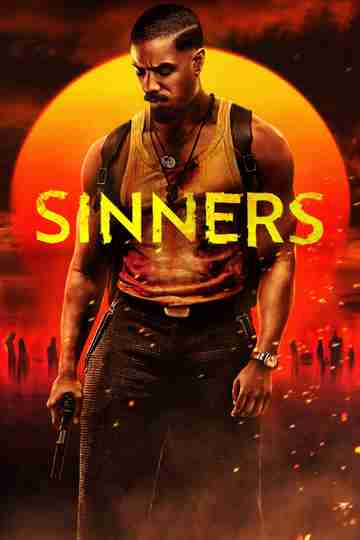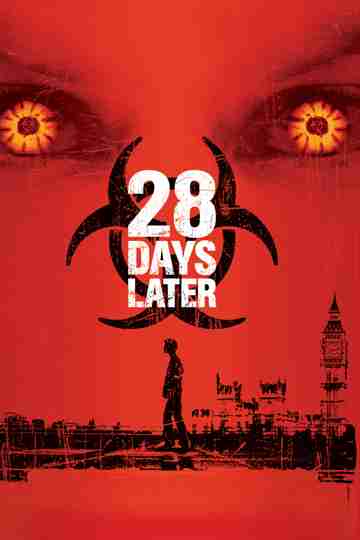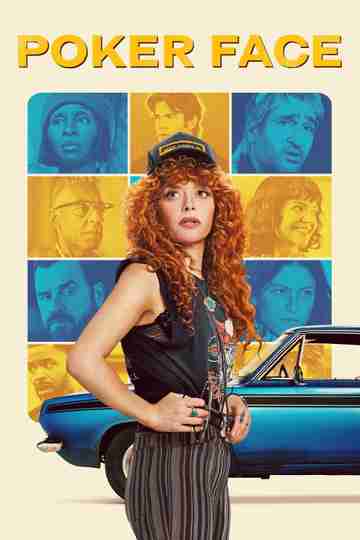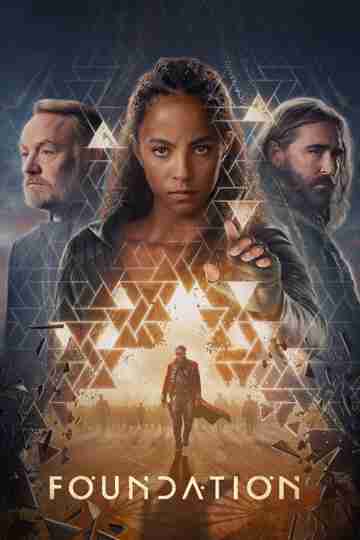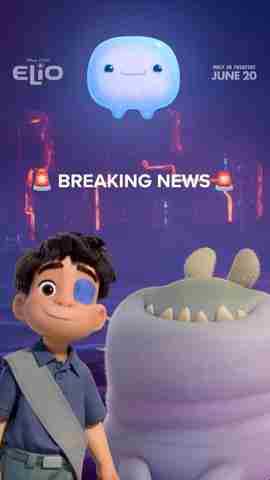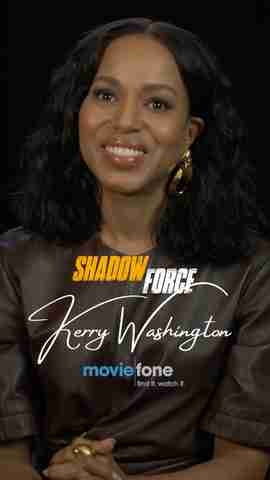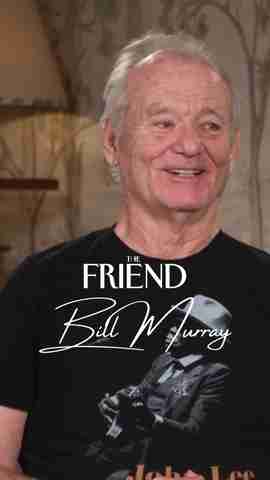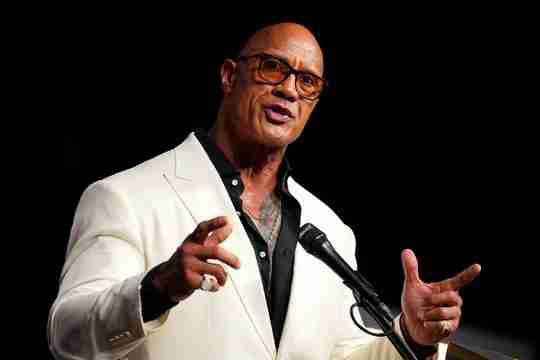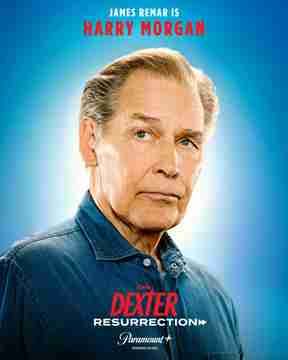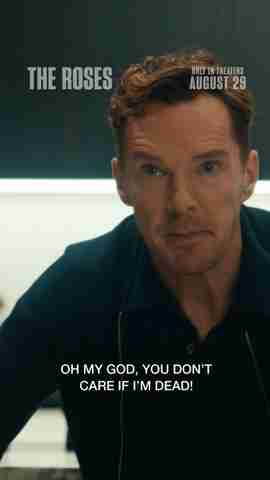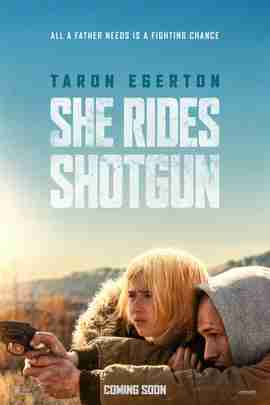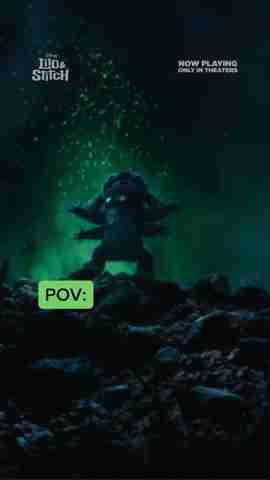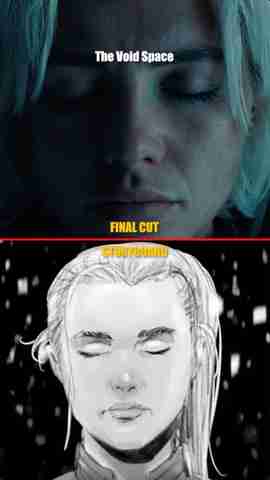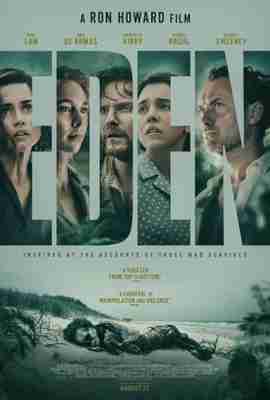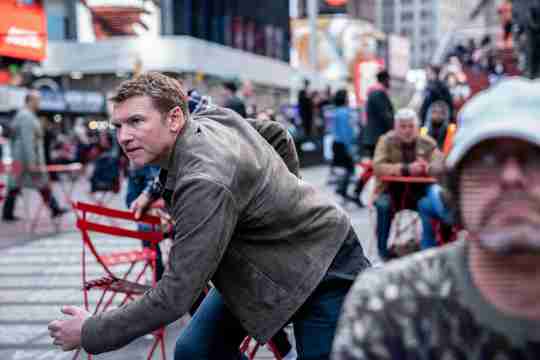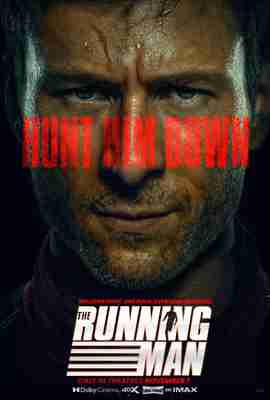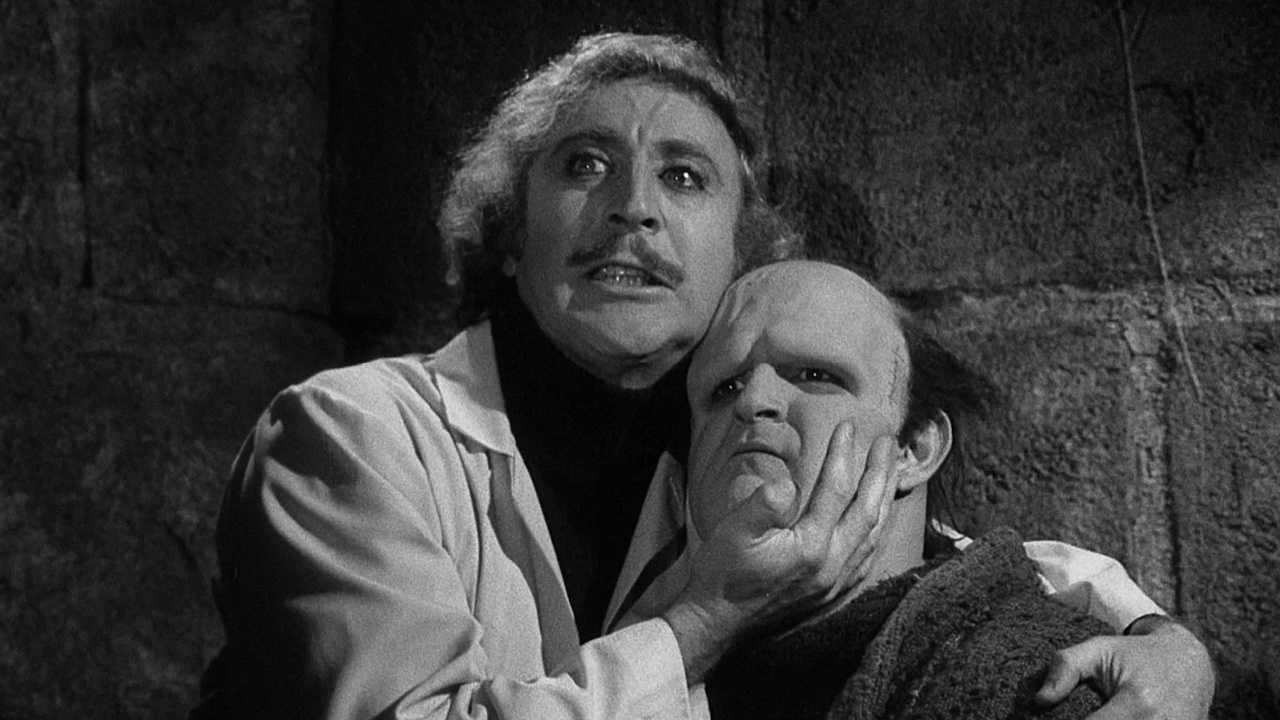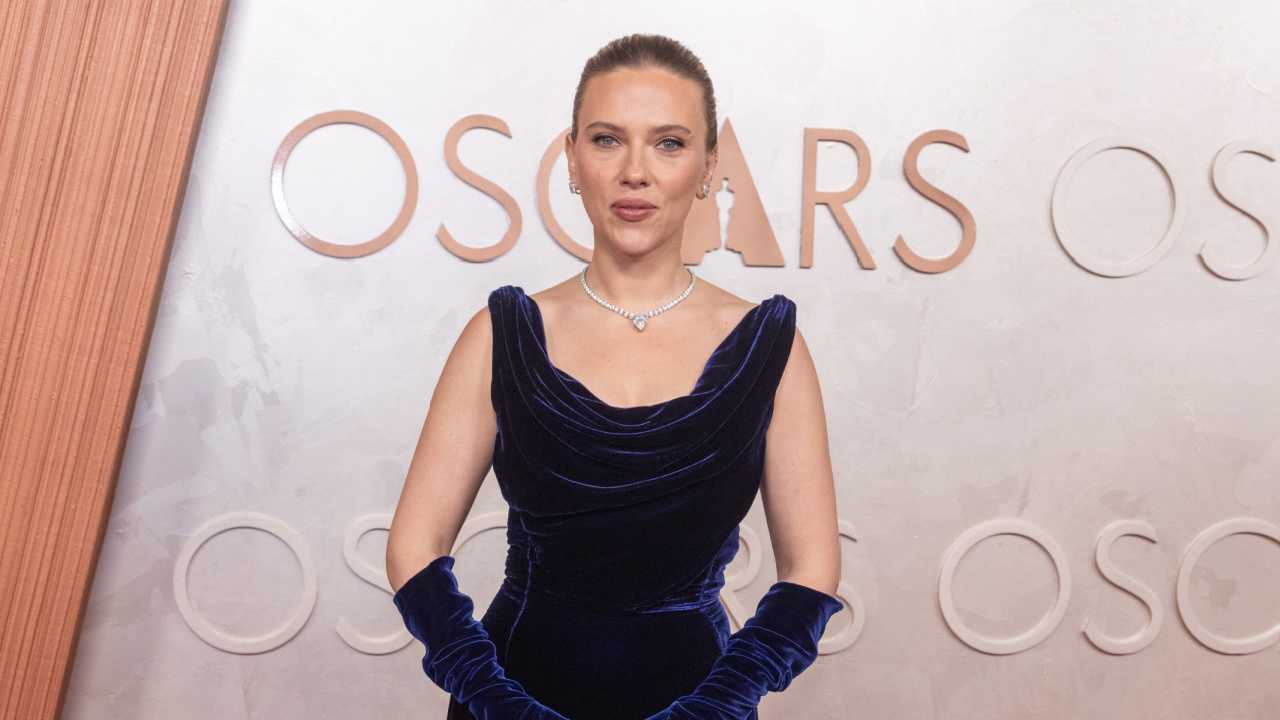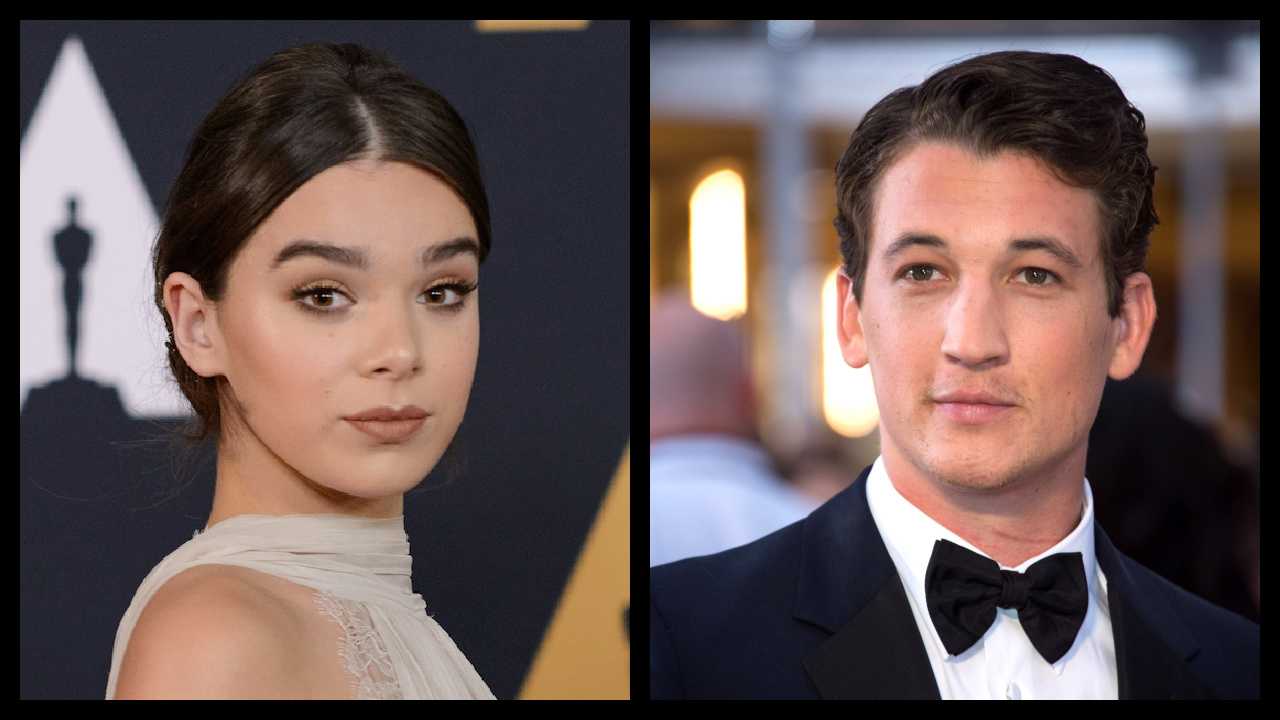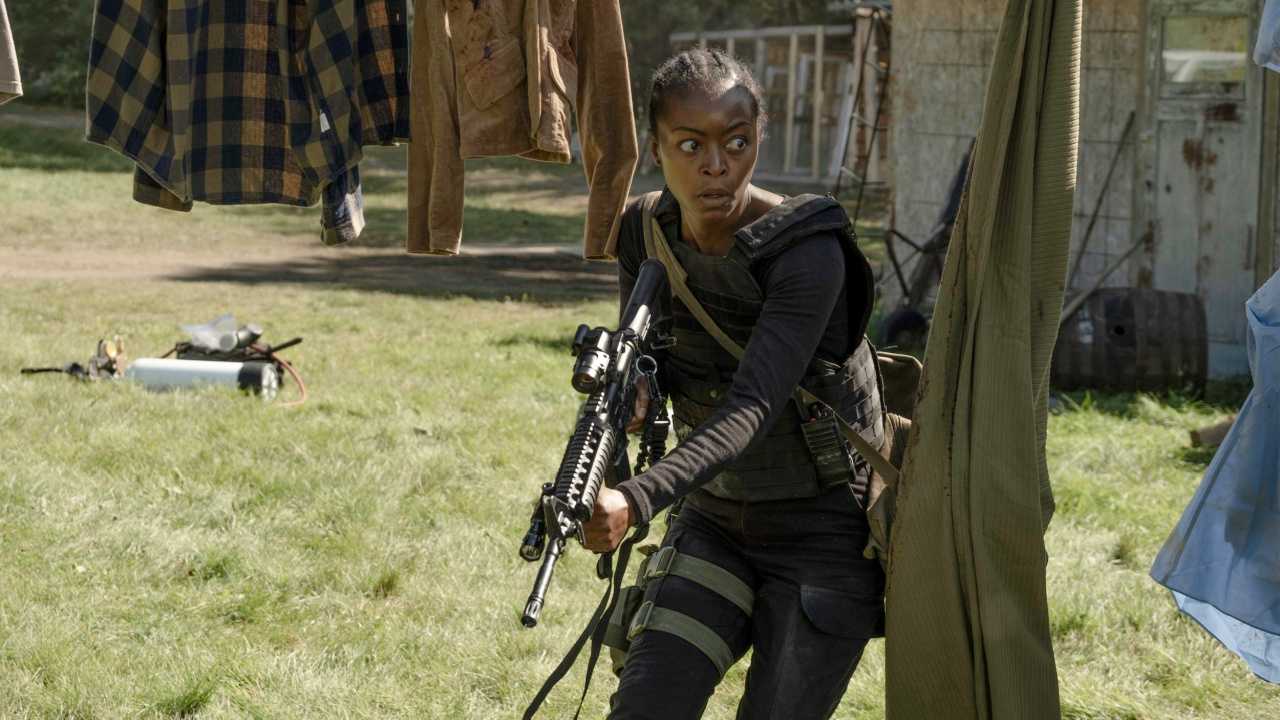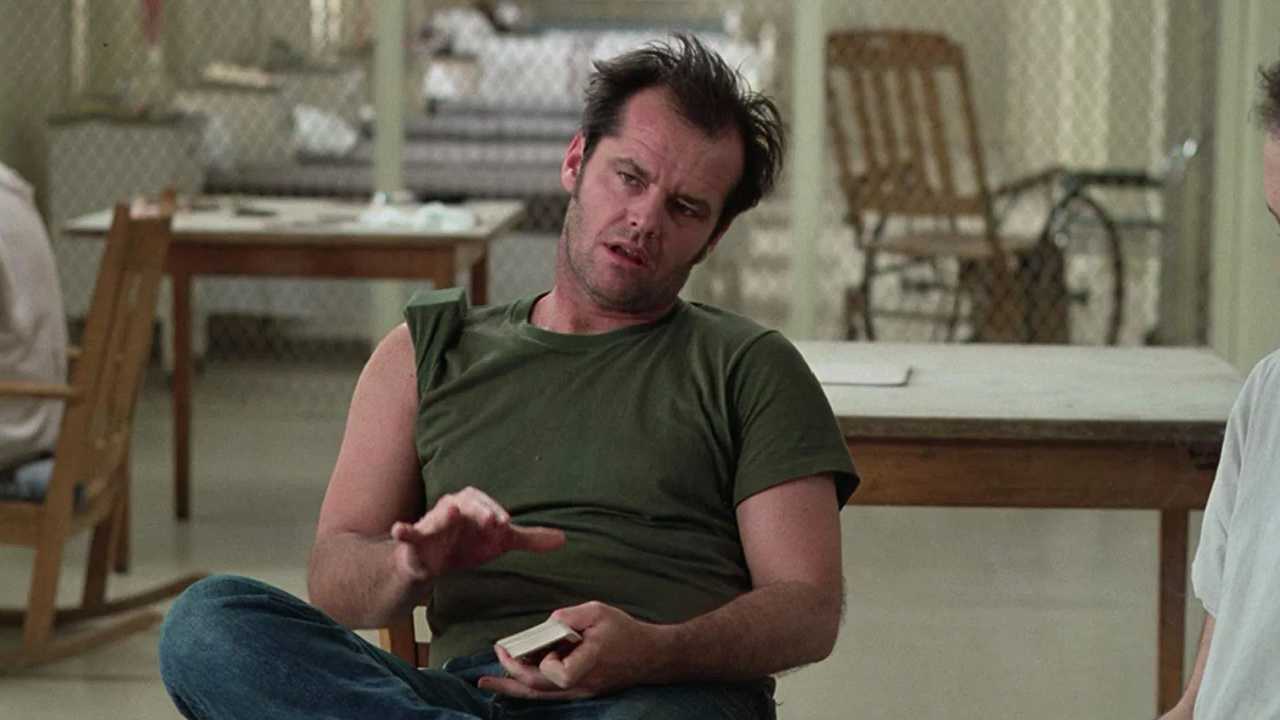Director Doug Liman on 'The Wall,' Guerrilla Filmmaking, and Revisiting 'Mr. & Mrs. Smith'
Director Doug Liman has had an unlikely career path, starting out in the world of micro-budget indies (films like "Swingers" and "Go") and moving steadily through the studio ranks, kicking off the long-running "Bourne" franchise with "The Bourne Identity" and moving into things like "Mr. & Mrs. Smith" and the totally awesome sci-fi spectacle "Edge of Tomorrow." Each film he makes seems to get bigger and bigger, with greater stars and more complicated visual effects.
But this week, with the release of "The Wall," Liman purposefully scaled things back. It's the story of an American soldier (Aaron Taylor-Johnson) who, along with his squad mate (John Cena), are pinned against a crumbling stone wall by an unseen Iraqi sniper. It's elegant, confident storytelling, anchored by a fine performance by Taylor-Johnson (further proof that he's only boring when working with a filmmaker who doesn't know what to do with him) and complete with a darkly twisted bummer ending that will stay with you long after the credits have rolled.
I got to sit down with Liman recently, and we talked about his decision to scale down to a movie of this size, what it's like working for Amazon Studios, and how John Cena is the hardest working man in Hollywood.
Moviefone: What precipitated this decision to do a smaller movie? Were you burned out from the scale of these giant Hollywood movies at all?
Doug Liman: Well, first off I fell in love with the script. I just couldn't put it down. I had actually read the script as a writing sample. It wasn't submitted to me as something for me to direct. I just said, "Well who's directing this one?" And they said, "We don't have a director." For me, "The Wall" is a really big idea. So it didn't feel like a small movie to me at all.
In terms of the scale of the production, I believe in adjusting the size of the production so that I do my best work. And I learned that hard way. Like with "Swingers," I was trying to raise a lot more money than we were eventually able to raise and I look back on that movie and I thought, Wow I was really lucky that we weren't able to raise more money because it's a better movie because of the decisions I had to make because we didn't have more money. With "The Wall" I wanted it to be a certain type of story and be really intense and personal and feel like you were trapped behind that wall with Aaron Taylor-Johnson. And that's a certain scale of movie that would best convey that and that's the budget that we made it for.
Like on "Mr. & Mrs. Smith," that was a case of sometimes having too much money. I squandered a lot of it early on and shot things we were never going to use. After I used up all that money my back was finally against the wall and I had to make the movie that ended up on screen. So now I just skip that step and think, Let me get right to the meat -- what do I really need to make the movie? And I make independent films within the studio system. Which means that the kinds of movies I make are a little more independent thinking and independent minded than traditional studio fare. Also the way I make the movies, some aspect of it is always of the scale of "The Wall," if not smaller. Even "Edge of Tomorrow," there are scenes in that movie with Tom Cruise alone where it's just the two of us. He's doing his own hair and make-up. Even on "The Wall," Aaron Taylor-Johnson had somebody doing his hair and make-up.
So when you talk about, am I burned out from the scale? No matter how big the movie is, you'll find moments where I just went off with the actor and shot something. I think the smallest I've ever been is on "Go," where I snuck into Santa Monica Airport with just one actor for a scene at night where I have the camera on the shoulder and a light in my other hand, so I don't have a free hand. The actor had to turn the light on, roll my camera for me, step back to their mark because I had to film them, and then turn the camera off and turn the light off.
So I wasn't far from that on "Edge of Tomorrow" and the style of "Bourne Identity," people talk about the shaky camerawork, a lot of that was because Matt Damon and I were sneaking into locations to film scenes where we didn't have permission to shoot, either because the location wouldn't give us permission or the studio told us we couldn't shoot it. So that shakiness is someone is chasing us while we're trying to shoot the scene, for real. It's either the French police or an angry producer. I was probably more scared of the angry producer than the French police.Do the studios know that you're going to get up to these shenanigans?
I think they know now. They didn't know back on "Bourne Identity." They know that's part of what you get. I don't take "no" easily. If there's a better idea, I'm going to chase it.
What about the script for "The Wall" appealed to you? It's interesting how uninterested the movie is in politics.
I wasn't trying to make a political movie at all. Part of what I loved about Dwain {Worrell]'s script is that there's no morality in it at all. It's a story of survival, which is a lot of the experience of a solider in combat is like. We can sit here in Hollywood and debate the morality of war but if you're a solider in combat you don't have that luxury. I love World War II movies and pretty much, across the board, they never talk about morality of the war. The Germans are bad, they have to be stopped, the Japanese are bad, they have to be stopped. There's no morality at all, there's just a job to be done. Part of what drew me to "Edge of Tomorrow" was that it was Tom Cruise battling aliens. They're evil and they have to be stopped.
And I was really drawn to the fact that you could do a movie set in Iraq that wasn't about the morality at all. It wasn't should we be there/should we not be there. These soldiers don't have the luxury of that. They are there. And somebody's trying to kill them and they have to survive. I loved the idea of checking my politics at the door.
How did you decide when to look through the eyes of the sniper's scope? Was there ever a time when you didn't see that at all?
No, I was always going to see a little bit from the sniper's point of view. But we had endless intellectual debates about it because it was hard. When you're in the trenches making the movie you'll cut it together but you'll never have the experience of an audience, because you're the one making the movie. So there were a lot of intellectual conversations about whether you hear the sniper, what we allow you to hear or not hear about the sniper. But there's kind of a "High Noon" quality of the film for me so that required seeing the sniper's point of view.Can you talk about working with John Cena?
I mean, I always thought Tom Cruise was the hardest working man in Hollywood until I met John Cena. First of all, those guys wrestle 52 weeks a year and he's wrestling while he's making our film. We're shooting in the Mojave desert and he's wrestling in Asia, he's wrestling in the Midwest, he's hosting the ESPYs, all while we're shooting our movie, and we only shot for three weeks. Luckily for the character, the physical ordeal of him having to fly in and go right to set, is a teeny taste of the actual experience the character he's playing has, since he's been out in the desert for 24 hours when the film starts. And it's not like these soldiers are getting a good night's rest in these sweat boxes in these foreign operating bases. We used all of that.
And I believe in using the stuff you naturally inherit and try to get it on screen. The opening of "Mr. & Mrs. Smith," where Brad Pitt and Angelina Jolie are in a psychiatrist's office, I shot that on the very first day of the shoot. When I cast Angelina Jolie, she was in Thailand. So she and Brad had never actually met. And I was like, I'm going to use the awkwardness of that first day of shooting and I'm going to just roll camera on it.
And then there's a scene with them in the same psychiatrist's office at the end of the movie and I shot that at the last day of the shoot, which was a year later, when there's obviously a level of comfort. I mean, in that case who could have known but I knew they would be more comfortable with each other at the end of the movie than they were going to be at the beginning of the movie. I didn't know how comfortable but I used that awkwardness of the first day and it's on screen in a way that, no matter how good the actor is, there's that extra thing that can't be acted, because it's real.
So the fact that John Cena has such a hectic schedule and is traveling all over the place, I think that just adds to the fatigue and pushing through the fatigue that these soldiers have to deal with and he's such a can-do guy. He's just like, "Tell me what you need me to do and I'll try to do it." And [he's] so appreciative of the opportunity, when obviously I feel extremely fortunate that he's choosing to be in my film. Tom Cruise has the same graciousness, where he's just excited to be on set every day and the guy has done like 50 movies. You expect it more from John Cena since it's still new for him. And it's not an easy role; a lot of lying in the dirt.
What was it like making a movie for Amazon?
Well, Amazon is making movies for the theater, so it's not quite like making a movie for Netflix where it never even goes. Amazon wants you to make it for a big screen. They'll put it on Amazon later but they want you to make it as a big cinematic experience. And it's run by two filmmakers, Ted Hope and Bob Berney, which is great. I'm not sure I can point to another filmmaker who has had studio executives who were as courageous as I've had. When you think about Universal saying "yes" to me making "Bourne Identity" after I've made two independent movies, one for $200,000 and one for $3 million. So I've experience with courageous studio heads. Bob Berney and Ted Hope are in a league of their own.
I don't want to spoil the end of the film, but the end of the film is not what we originally shot. It was a more traditional ending and it was a happier ending and I tested the film, showed it to friends and family. And one of my friends who was there, John Freeman Gill, said, "I think there's a cooler ending." And he pitched the ending that I ultimately shot. I called Bob and Ted and said, "I want to change the ending. I know it's going to scare you, so I'm not even going to ask you to pay for it. I'll pay for it, just let me shoot it and show it to you."
Because I know that asking a studio to change an ending to something this dark and twisted is a bridge too far. So I said, "I'm not asking you. I'm just telling you I'm going to go do it." And they said, "That's a great idea. We love that ending. We recognize that it's probably less commercial but it's a better movie. So go shoot and we'll pay for it." Honestly, I thought they were going to say "no," but they're filmmakers first and foremost. They realized there was a cooler ending. There were no metrics. It was just the gut instinct of a fellow filmmaker, which is what you get at Amazon.
"The Wall" is in theaters now (and on Amazon much later).


